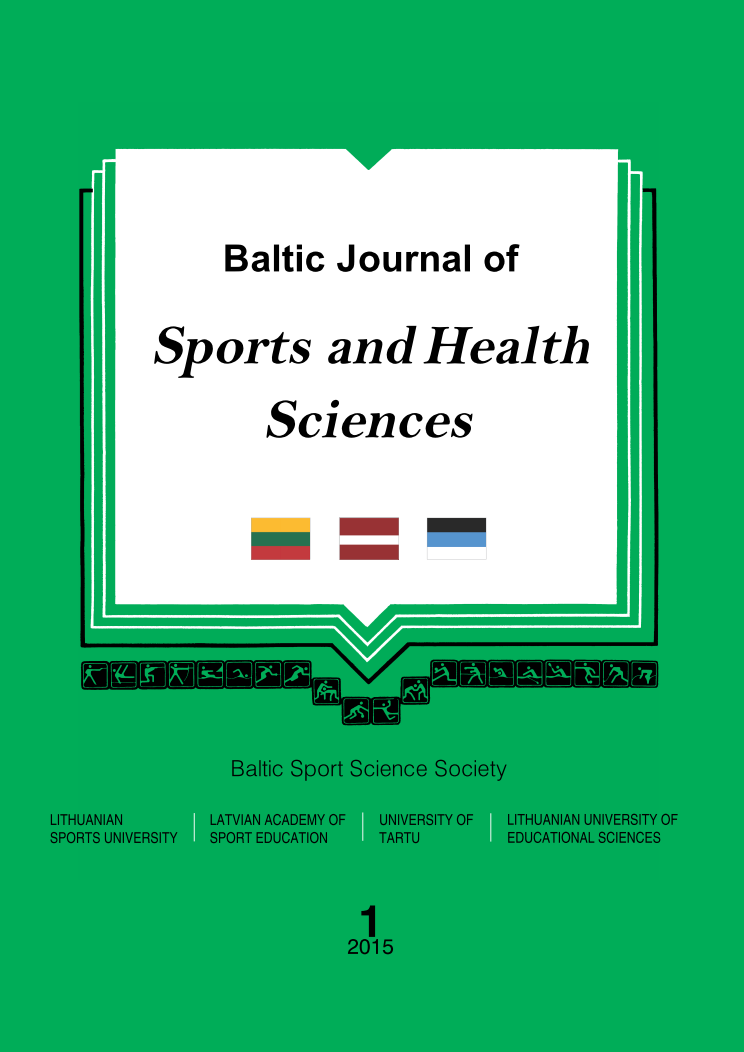Rate of Increase in Workload Determines the Mobilization Rate But Not the Degree of Increase in ECG Parameters
Abstract
Background. The aim of this study was to compare the peculiarities of the dynamics of cardiovascular functional
state indices during bicycle ergometry by applying the steep or slow increase in workload.
Methods. Twenty five males attending health promotion sport clubs took part in two cardiovascular testing
procedures by performing graded exercise stress, i.e. increase in workload every 1 min, and increase in workload
every 6 min, and they exercised till the inability to continue the task or unless distressing cardiovascular symptoms
supervened; 12 lead ECG was recorded and analysed.
Results. The steep increase of registered cardiovascular parameters was observed at onset of exercising and
the rate of was in dependence on the rate of the increase in workload. Registered maximal changes of heart rate, JT
interval, and the ratio JT/RR as functional state indices at the moment of refusing to continue the graded exercise test
were at the same level while applying the steep or slow increase in workload.
Conclusions. The rate of increase in workload determines the mobilization rate but not the degree of increase
of ECG parameters. Maximal changes of heart rate, JT interval, and the ratio JT/RR as functional state indices at
the moment of refusing to continue the graded exercise test were at the same level while applying the steep or slow
increase in workload.
Keywords: cardiovascular system, graded exercise stress, functional state
Downloads
Published
Issue
Section
License
Copyright (c) 2018 Baltic Journal of Sport and Health Sciences

This work is licensed under a Creative Commons Attribution 4.0 International License.






